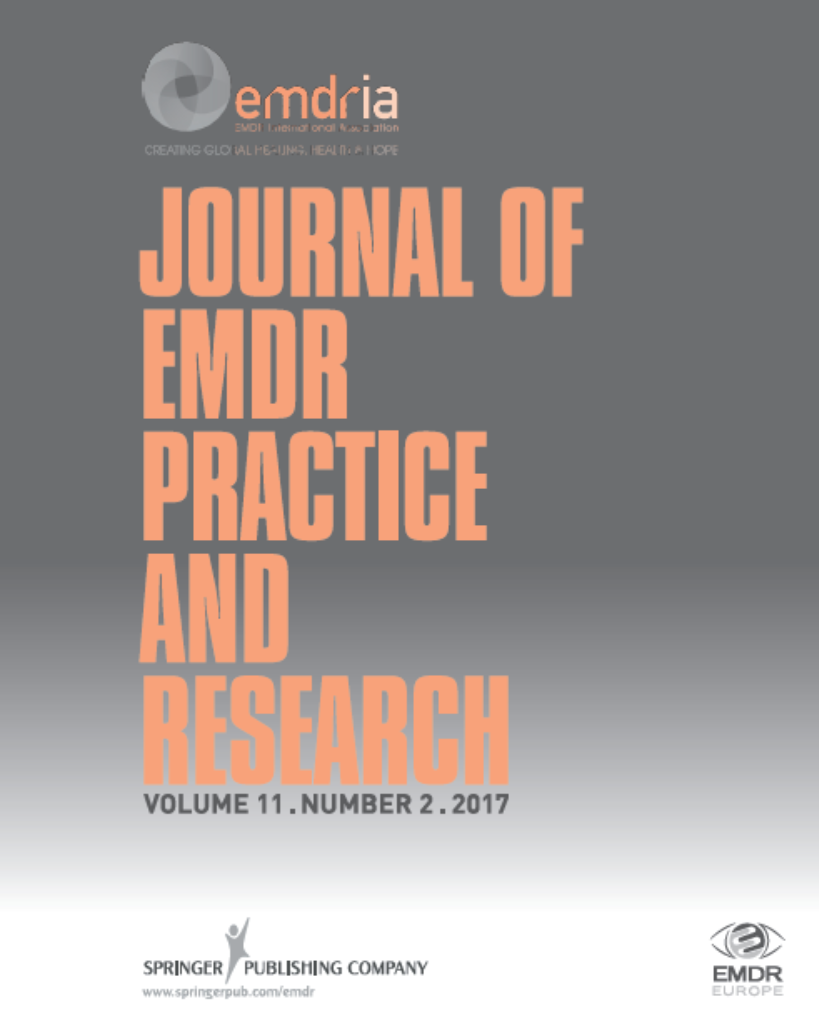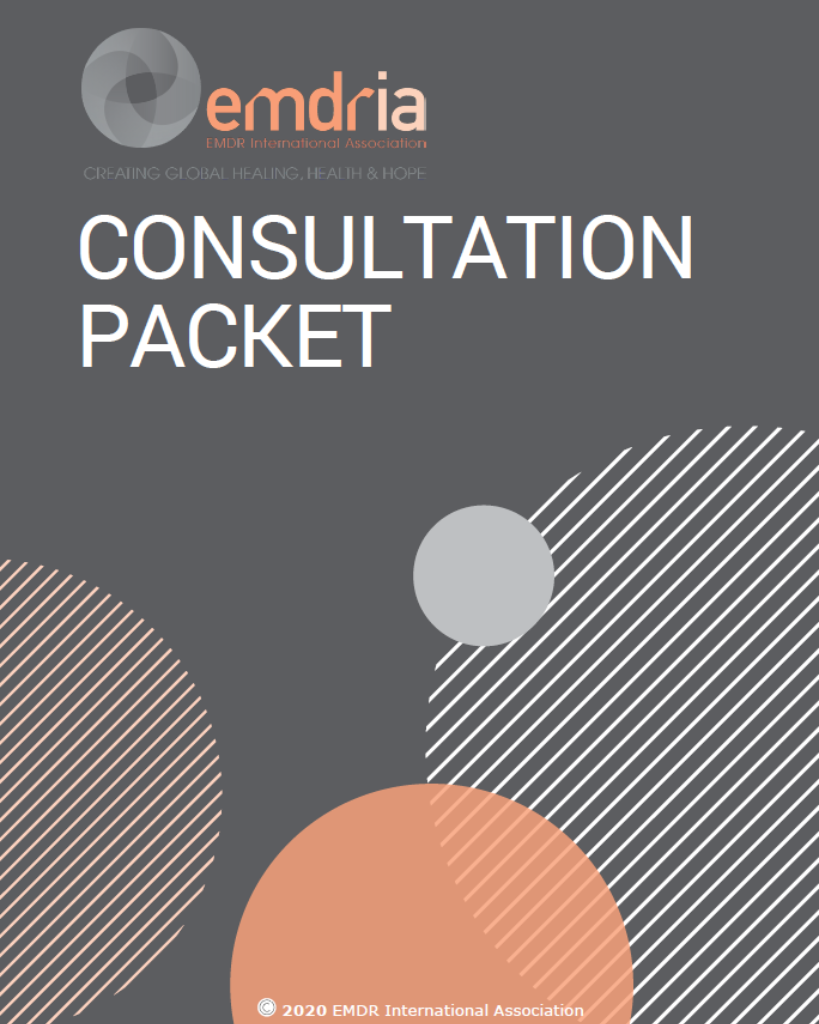EMDR Therapy and PTSD: A Goal-Directed Predictive Processing Perspective
EMDR treatment effects are often explained by drawing on processes that involve the automatic formation and change of mental associations.
“Eye movement desensitization and reprocessing (EMDR) therapy is a widely used evidence-based treatment for posttraumatic stress disorder (PTSD). The mental processes underlying both PTSD and EMDR treatment effects are often explained by drawing on processes that involve the automatic formation and change of mental associations. Recent evidence that contrasts with these explanations is discussed and a new perspective to PTSD and EMDR treatment effects is proposed that draws on automatic inferential processes and can be readily integrated with the dominant (Adaptive Information Processing) model. This new perspective incorporates insights from cognitive theories that draw on predictive processing and goal-directed processes to elucidate (changes in) automatic inferences that underlie PTSD symptoms and EMDR treatment effects. Recommendations for clinical practice are provided based on this new perspective.”
—Description from publisher
Article Access
Open Access
Vanderschoot, T., & Van Dessel, P. (2022). EMDR Therapy and PTSD: A Goal-Directed Predictive Processing Perspective. Journal of EMDR Practice and Research, 16(3), 108–122. https://doi.org/10.1891/EMDR-2022-0009
About the Journal
The Journal of EMDR Practice and Research is a peer-reviewed publication devoted to integrative, state-of-the-art papers about Eye Movement Desensitization and Reprocessing. It is a broadly conceived interdisciplinary journal that stimulates and communicates research and theory about EMDR, and their application to clinical practice. The Journal of EMDR Practice and Research is the Official Publication of the EMDR International Association.
Date
September 1, 2022
Creator(s)
Tom Vanderschoot, Pieter Van Dessel
Topics
PTSD
Extent
15 pages
Publisher
Springer Publishing Company
Rights
Copyright © 2022 EMDR International Association
APA Citation
Vanderschoot, T., & Van Dessel, P. (2022). EMDR Therapy and PTSD: A Goal-Directed Predictive Processing Perspective. Journal of EMDR Practice and Research, 16(3), 108–122. https://doi.org/10.1891/EMDR-2022-0009
Series
16
Installment
3
Audience
EMDR Therapists
Language
English
Content Type
Peer-Reviewed
Original Source
Journal of EMDR Practice and Research
Access Type
Open Access





